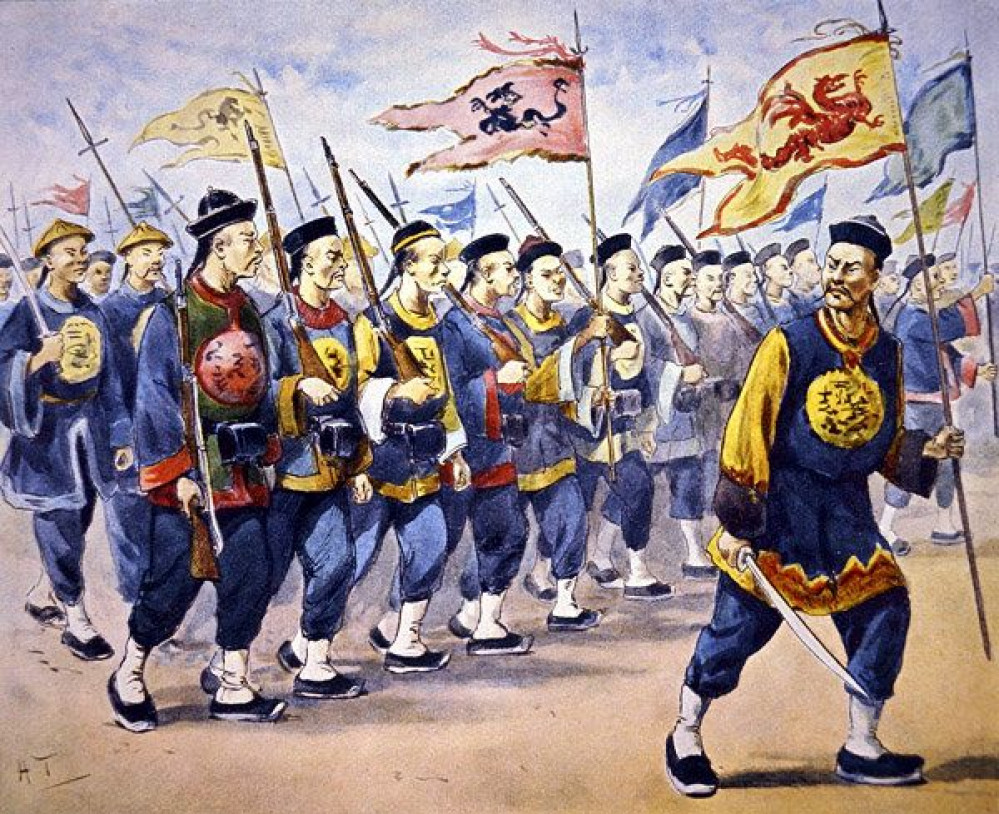
Fall of the Qing Dynasty
Boxer Rebellion
The Boxer Rebellion occurred between 1900 and ended in September 1901. The rebellion was mainly contained to Northern China, and the most notable event of the rebellion was the siege of the International Legation in Beijing.
The uprising originally started as an attempt to destroy the Qing government and drive out western influence. Members of the Chinese government managed to persuade the leadership of the Boxer movement that their struggle wasn’t against the Qing Dynasty but foreigners, and that they should focus their attacks on the foreigners.
The Boxers was a secret society known as the Righteous and Harmonious Fist. They were nick named the boxers by the west because of the martial art training members carried out. They carried out attacks on western targets that included businessmen, missionaries and Chinese who had converted to Christianity. They particularly target the Christian converts because they felt the converts were disregarding traditional Chinese ceremonies and family life. These attack against the converts and western folk were often very violent and brutal. Several churches and foreign owned residences were burnt down, with many Christian converts killed.
The Chinese government tried to distance itself from the rebellion, but the Empress Dowager was secretly encouraging the Boxer uprising. On June 18th she declared that all foreigners should be killed. As a result of this a German minister was murdered, along with further attacks against high profile westerners.
Some local governors started to recruit boxers into the local militia units. With many officials believing that the boxers would be impervious to western bullets because of the martial art training. Qing officials continued to encourage the uprising, even after western officials protested to the Empress. By May 1900 there were several bands of boxers roaming the countryside near Beijing causing all sorts of problems.
In June a relief force of 2,100 troops from several countries was sent from Tianjin to relieve those in Beijing. The Empress ordered Imperial soldiers to blockade the relief force and forced them to return to Tianjin. Several foreign ministers and their families along with Chinese Christians were trapped in the International Legation and a Roman Catholic Church in Beijing.
Though the Empress had ordered all foreigners to be killed, several officials ignored the order. For instance, the Imperial Viceroy for the Central Yangtze River valley and Southern China ignored the orders and chose to suppress anti-foreign attacks. By doing this they helped to establish the myth that the rebellion wasn’t being fueled by the Chinese government and the ruling Qing Dynasty.
On June 17th foreign powers managed to capture the Dagu forts on the coast and were able to reestablish links from Tianjin to Beijing. This allowed them to assemble a force of 19,000 soldiers from a wide variety of countries that included, UK, USA and Japan. On August 4th, 1900, the international force captured Beijing and in turn relieved those besieged in the international legation.
On June 18th June Empress Dowager orders that all foreigners should be killed, as a result of this the German Minister was killed. It also led to other foreign ministers and their families along with Chinese Christians to be being besieged in the legation quarters. At the same time several Catholic churches were also under besiege. An Imperial Viceroy of the Central Yangtze River valley and Southern China decided to ignore the order and started to suppress the anti-foreign attacks in the region. By doing this he helped the myth that the rebellion wasn’t being fueled by the Chinese government.
In August an international force of 19000 soldiers from various countries was assembled and moved towards Beijing. On August 4th, 1900, the force finally captured Beijing and relieved those being besieged in the legation. Foreign troops then went onto loot the city and Empress Dowager along her entourage fled to Xian. A few of the Imperial Princes stayed and began negotiations with the foreign delegation.
The Boxer Rebellion is a good conflict for a skirmish campaign as there’s several factions, which includes the Boxers, the Imperial Chinese and the foreign military. The Imperial Chinese “Qing” can be used to fight both the Boxers and the Foreigners. You also have the opportunity to recreate the siege of the legation in Beijing or create a siege on a smaller scale in another part of China at a Church for instance.
There are several miniatures available for this period that includes Wargames Foundry as well as new plastic Boxers coming from Wargames Atlantic.









































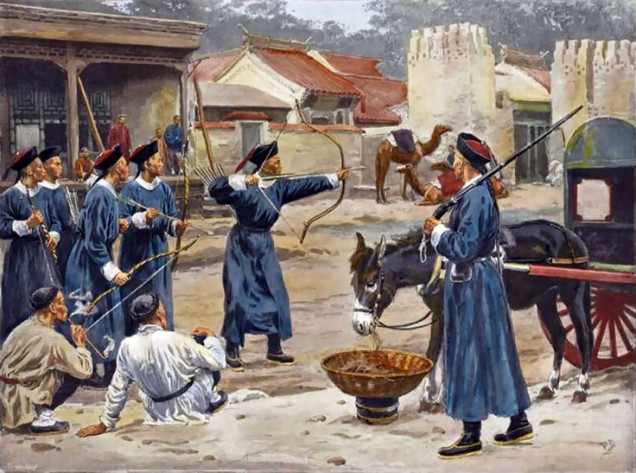
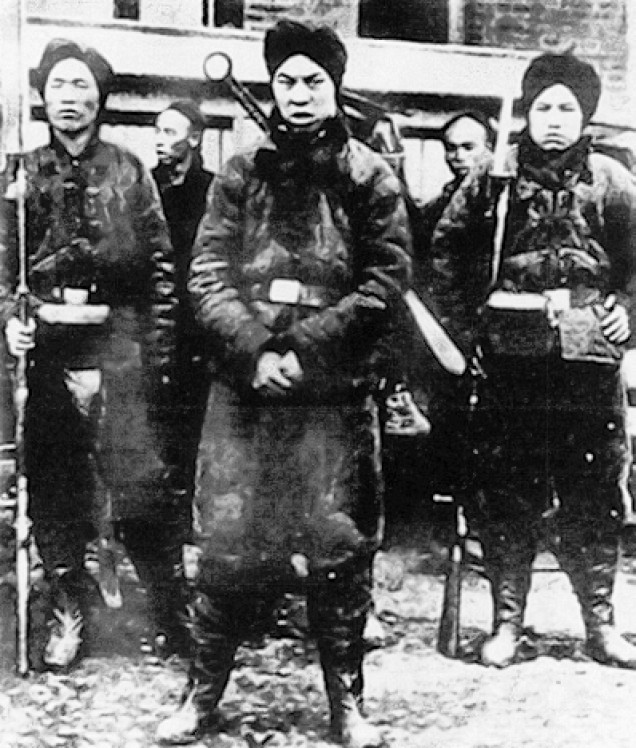

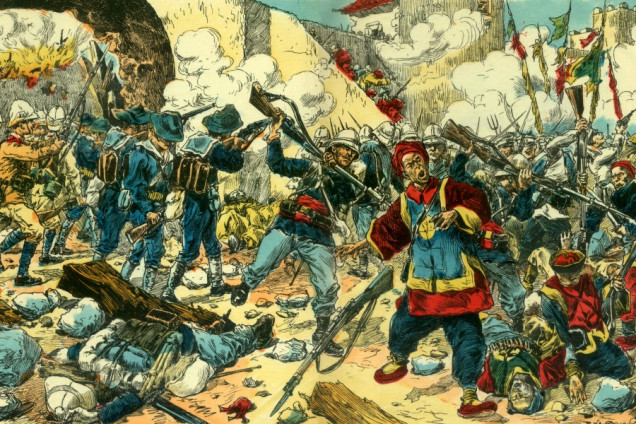
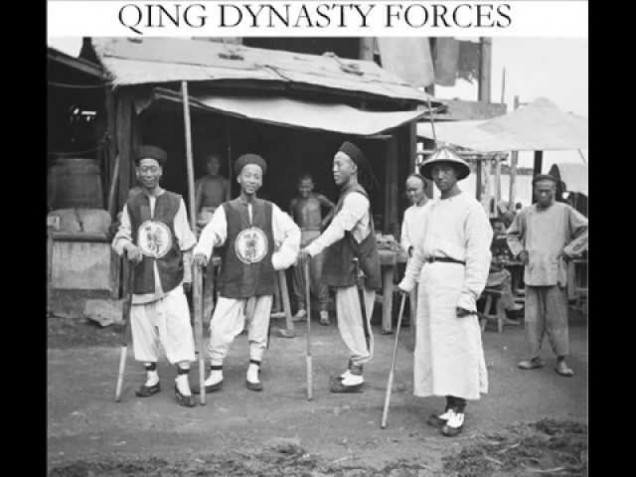

































Leave a Reply